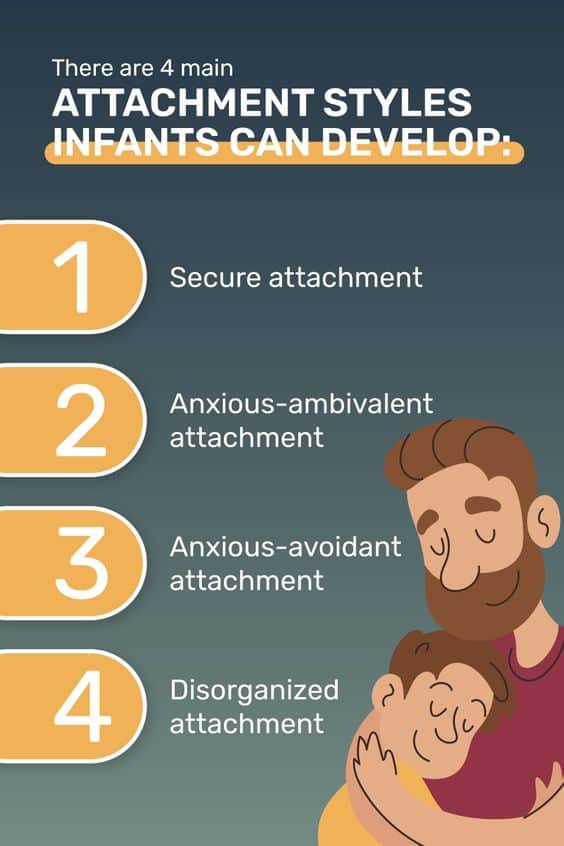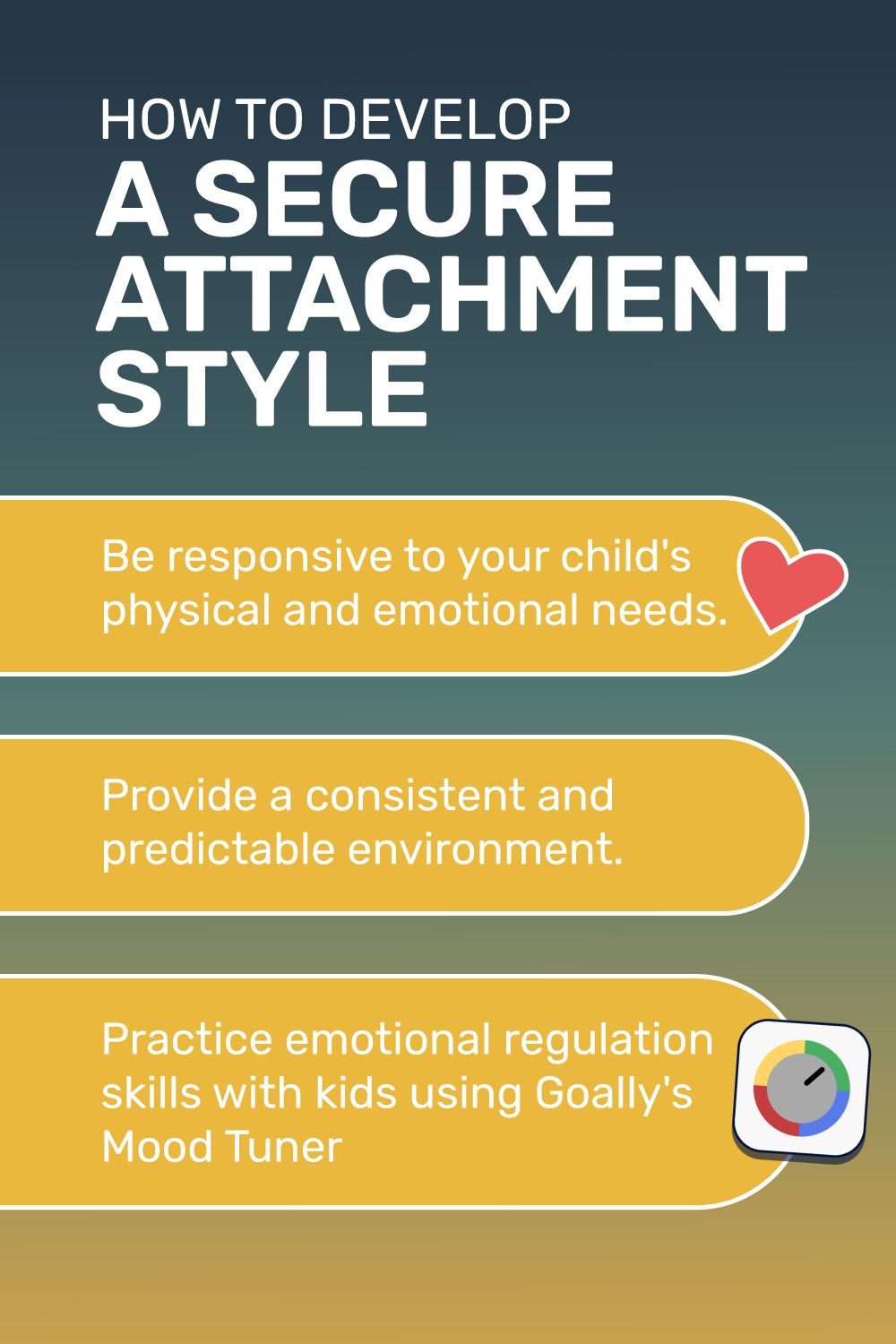Understanding emotionally withdrawn/inhibited attachment disorder symptoms can help parents recognize potential challenges in their child’s emotional development. Here are some symptoms to watch out for:
- Avoidance: The child may actively avoid seeking comfort or affection from their parents or caregivers, even when distressed.
- Emotional Withdrawal: They may appear distant, aloof, or unresponsive to others’ emotional attempts to connect with them.
- Limited Expression: Difficulty expressing emotions or displaying limited emotional range.
- Trust Issues: Struggles to trust others, even those close to them.
- Social Isolation: Tends to isolate themselves from peers and avoid social interactions.
- Over-Independence: May act overly self-reliant and resist help from others.
- Excessive Shyness: Persistent shyness and reluctance to engage with new people or situations.
If you notice these symptoms in your child, seeking professional guidance and support is essential. Goally’s interactive apps aid kids with emotionally withdrawn/inhibited attachment disorder, supporting emotional development, social skills, and executive functioning.















